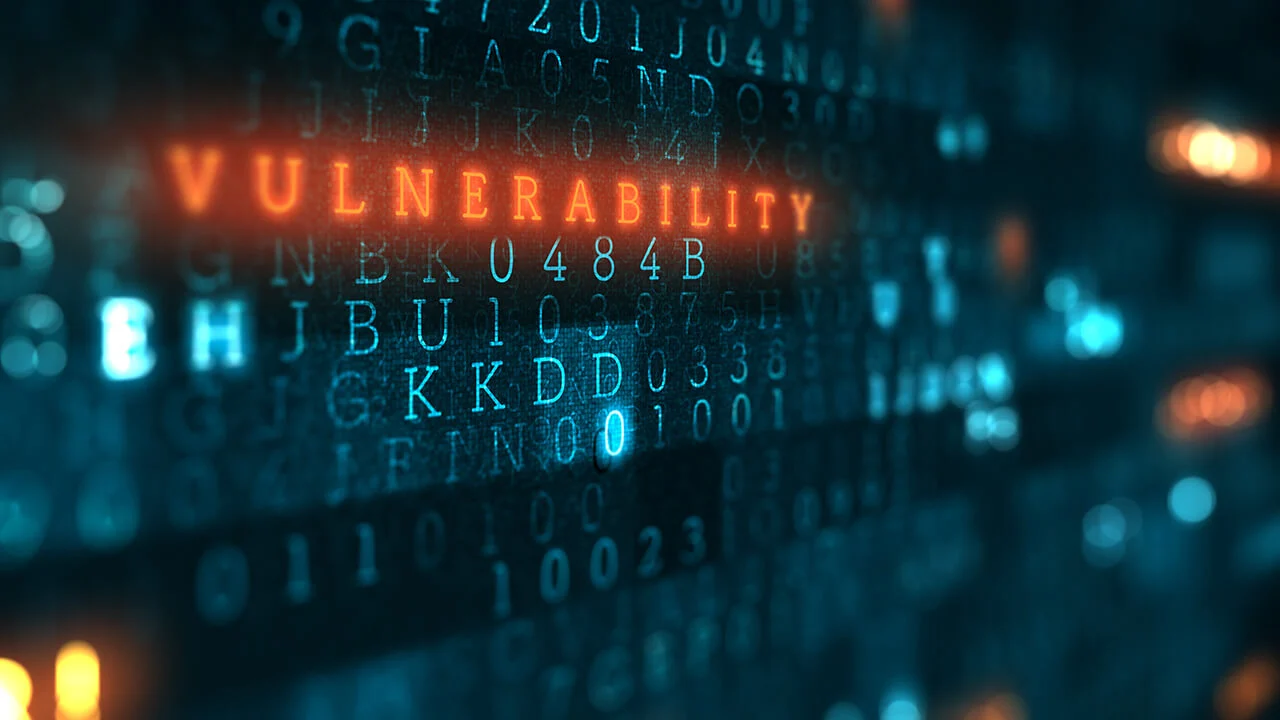IEEE 1012 Software Verification and Validation Testing
The IEEE 1012 standard provides a framework for ensuring that software products meet their specified requirements and deliver expected performance. This service is particularly crucial in sectors where the integrity and reliability of software are paramount, such as military testing, especially in cybersecurity and software testing.
Underpinning this standard is the need to verify correctness and completeness of the software product against its specifications and validate that it functions according to those requirements in a real-world context. Verification involves checking whether the software is built correctly while validation checks if it does what it was intended to do.
The process begins with a thorough understanding of the project's goals, requirements, and constraints, ensuring alignment between the software development team and stakeholders. This includes reviewing design specifications, code, test plans, and other relevant documentation. Once these are verified as correct, validation activities ensure that the product behaves as expected in its intended environment.
For military testing in particular, this service ensures that software used in critical systems meets stringent reliability and security standards. The stakes are high; any failure could have severe consequences both in terms of mission success and personnel safety. By adhering to IEEE 1012 guidelines, we can provide robust verification and validation processes tailored to the unique challenges faced by military operations.
Our team works closely with clients throughout the entire lifecycle of software development, from initial concept through final deployment and maintenance. We employ a wide range of techniques including static analysis, dynamic testing, peer reviews, walkthroughs, inspections, and more. Each technique serves a specific purpose in ensuring compliance with IEEE 1012 standards.
Static analysis involves examining the code without executing it to identify potential errors or issues before they become embedded into the software. Peer reviews involve knowledgeable individuals evaluating the work of others for correctness, clarity, and adherence to best practices. Walkthroughs allow teams to present their work in a structured format, facilitating feedback and discussion.
In dynamic testing, actual execution of the software under various conditions helps uncover bugs or discrepancies that might not be apparent through static means alone. These tests are crucial for validating functionality against specified requirements. Throughout this process, we maintain detailed records and documentation to ensure transparency and traceability.
Our approach ensures not only compliance with IEEE 1012 but also enhances overall software quality by identifying potential risks early in the development cycle. This proactive stance helps mitigate costly rework later on and contributes significantly to achieving project objectives efficiently and effectively.
Applied Standards
The IEEE 1012 standard is widely recognized for its comprehensive approach to software verification and validation testing, particularly in sectors demanding high reliability such as military operations. Herein lies the importance of adhering strictly to internationally accepted standards like ISO/IEC TR 33028:2017.
ISO/IEC TR 33028 provides supplementary information on IEEE 1012, offering additional guidance and best practices for implementation. This includes recommendations on selecting appropriate verification and validation methods based on the specific characteristics of the software being developed or modified.
The EN 5469 standard, although more focused on hardware aspects, can complement IEEE 1012 by providing insights into overall system integration and testing methodologies that are essential for ensuring seamless interoperability between different components within a larger system.
By integrating these standards into our services, we ensure not only compliance with industry best practices but also contribute towards fostering an environment conducive to innovation while maintaining robust quality assurance measures.
Industry Applications
- Critical systems in military applications where software failures could lead to severe consequences.
- Defense contractors developing mission-critical software solutions.
- R&D teams working on next-generation defense technologies requiring rigorous testing protocols.
- Corporate entities responsible for maintaining secure and reliable IT infrastructure supporting national security initiatives.
The application of IEEE 1012 extends beyond just military applications into other sectors where software plays a vital role in ensuring safety, security, and efficiency. For instance, in aerospace systems, it helps ensure that flight-critical software operates flawlessly under all expected conditions. Similarly, in healthcare IT solutions, it guarantees patient data is handled securely and accurately.
By leveraging IEEE 1012 standards across diverse industries, we contribute to building trustworthiness among end-users by demonstrating our commitment to delivering top-tier quality services.
Use Cases and Application Examples
- In a recent project for a defense contractor, we used IEEE 1012 to verify the correctness of the software responsible for controlling air traffic at military bases. Our thorough validation activities confirmed that the system could handle high volumes of aircraft safely.
- A corporate client involved in designing secure communication networks relied on our expertise in applying IEEE 1012 standards during their development phase. This ensured robust security measures were integrated into every aspect of their network architecture.
These examples highlight how IEEE 1012 can be effectively utilized to address complex challenges faced by various sectors, ensuring that the software developed meets stringent quality and reliability requirements.





